An Interview with Manoj Kumar Rustagi, Chief Sustainability & Innovation Officer at JSW Cement
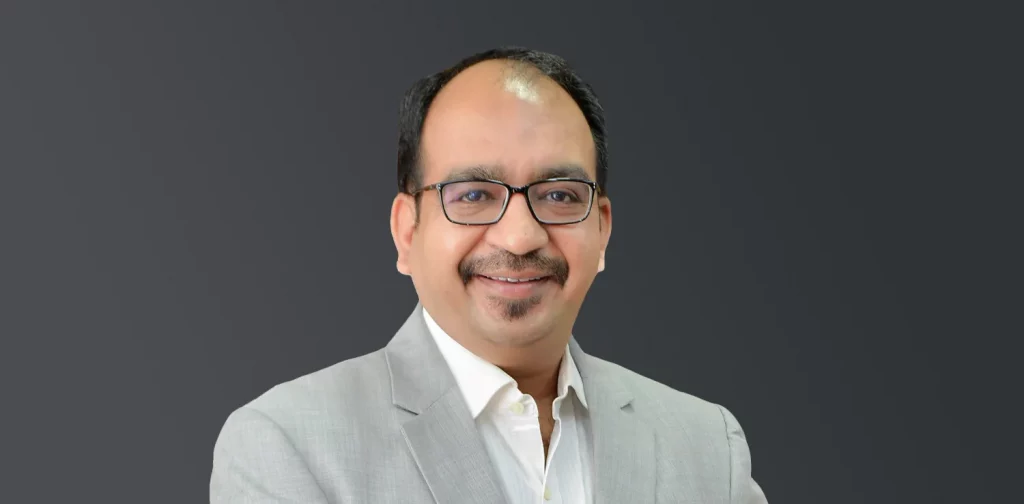
Manoj Kumar Rustagi, Chief Sustainability & Innovation Officer at JSW Cement. | Source: JSW Cement.
Can you tell us about your organization and your current role?
JSW Cement Limited is part of the diversified US $23 billion JSW Group. As one of India’s leading conglomerates, JSW Group’s core business includes steel, energy, infrastructure, paints, sports, and venture capital. JSW Cement is India’s leading cement company, with a current installed capacity of more than 20 million Mt across India. My role as Chief Sustainability and Innovation officer is to integrate growth with sustainability and innovation and maintain our position as the leading sustainable building material company in India as we grow organically.
What are your corporate sustainability commitments and goals?
Our commitment is to balance growth and sustainability. As the demand for construction in India has kept growing, so does the demand for cement and concrete. We aim to contribute to India’s nation-building agenda through our expertise in producing sustainable, green, and durable cement.
We have committed to, as well as signed several climate initiatives, such as the GCCA 2050 Cement and Concrete Industry Roadmap for Net Zero Concrete since 2020; the RE100, EP100, and EV100 Climate Group in 2021; the UN Energy Compact in 2021; and the Global Framework Principles for Decarbonizing Heavy Industry.
We have also become members of the IUCN – Leaders for Nature (LfN) and IBBI in 2022 and UNGC (United Nations Global Compact) in June 2023.
We have set the following ESG goals:
- 15% reduction in Net CO2 Emission intensity (scope 1+2) by 2026 (vs 2021)
- 60% Clean Energy Portfolio by 2030
- 30% Thermal Substitution Rate by 2030
- 5 Times Water Positive by 2030
- 15% reduction in Freshwater withdrawal by 2030 (vs 2021)
- ‘No Net Loss’ of Biodiversity by 2030
- 10 Times Plastic Negative by 2030
- 15% diversity in workforce (company employees) by 2030
- Impact more than 5 Lakhs Beneficiaries through community interventions by 2030
- EV100 (for committed vehicles) by 2030
What have been your most difficult challenges in achieving those goals?
In the last 10 years, we have increased our production by five-fold (approximately 400% increase) and reduced our CO2 emissions intensity to one-third of the baseline condition (more than 66% reduction). Going forward, this is a challenge as we have exploited most of the primary lever through clinker substitution. For us, innovation is the key to working on other levers, and this has to be supported by policies that encourage demand for low-carbon products and finance to enable capital investments in new technologies. In India, the demand for low-carbon cement products has just started picking up, which needs to be accelerated.
What opportunities do you see to address those challenges?
There are currently many opportunities present. For example, the growing carbon market in India, green procurement for public projects, new construction methods such as precast and 3D printing, increased circularity across industries, utilization of industrial and municipal wastes, utilization of demolition waste, innovation in new product development, collaboration between corporate and academia for innovation, increased awareness on embodied carbon in the built environment, and the emergence of bio-economy. Personally, I am very enthusiastic about Nature-based Solutions (NbS) and India embracing bio-economy.
What are the ESG material (environmental, social, and governance) issues that your organization focuses on, and how do you integrate them into your corporate sustainability?
We have identified the focus areas based on our materiality assessment process. As per the last exercise done in FY21-22, we have identified 11 key focus areas. Through that exercise, we have found that we have gained maturity and leadership in some aspects, specifically in climate strategy, circular economy, raw material conservation, and sustainable and durable products. Now, we are focusing on the remaining areas, which include transport and logistics, renewable and clean energy, human rights, ESG assessment for procurement, etc.
How do you communicate your corporate sustainability strategy and initiatives to internal and external stakeholders?
We communicate our sustainability strategy and initiatives through our annual integrated report, ESG profile on our website, and CDP disclosures. We also make representations in different forums to talk and share about our journey and initiatives. We do have quarterly sustainability committee meetings with Board members led by our MD for internal review.
What were the most exciting initiatives and progress that you and your team have done in 2023?
We have added to our clean energy portfolio two waste heat recovery systems in Nandyal (12.3 MW) and Shiva (8.9 MW), as well as solar power at Nandyal (10 MW) and Vijayanagar (8 MW). Additionally, we have upgraded our AFR facility at Shiva and Nandyal, which will help increase our thermal substitution rate (TSR). We have also started using other waste slags as alternative raw materials in the clinker. Recently, we have introduced five 40-Mt-capacity electric vehicles for raw material transport. We have also enhanced our collaborations with coalitions, start-ups, and top Indian academic institutes like IIT (Delhi, Bombay, Guwahati, and Roorkee) on areas like 3D printing, LC3, low-carbon durable cement, biodegradable packaging, etc.
What are the lessons you learned from your sustainability efforts in 2023?
- More awareness is needed to understand embodied carbon in the built environment, especially in India.
- The key to sustainable development is patience and persistence.
- Collaboration and open innovation are the two best strategies for growing sustainably.
- It is important to create case examples on sustainability and share that knowledge.
What are your plans for your sustainability efforts in 2024?
At JSW Cement, we aim to disseminate knowledge on a better understanding of embodied carbon, strengthen our efforts towards supply chain sustainability, human rights, ecosystem conservation, and nature-based solutions, and collaborate for new and disruptive technologies and innovative products with academia and start-ups.
If you were to share advice you learned in your role that may be helpful to your peers and sustainability practitioners around the world, what would that be?
- Sustainability is about making correct choices and exercising the right options. It is not expensive most of the time.
- Sustainability is about aligning with nature and striking a balance. We will be more sustainable if we learn to co-exist with Mother Nature. Promotion and adoption of bio-economy will lead us towards a low-carbon economy.
- Do it right the first time – especially for developing countries; they do not have to make the same mistakes as the global north. This is especially true in construction, which is an important sector in developing countries. Ample products and technologies are available to create a green and resilient built environment that produces less carbon emissions and, simultaneously, will withstand climate catastrophes and natural disasters.
Editor: Lalita Fitrianti
This publication is a part of Green Network Asia’s Leaders in Sustainability Special Report 2023.

Join Green Network Asia – An Ecosystem of Shared Value for Sustainable Development.
Learn, share, network, and get involved in our movement to create positive impact for people and the planet through our public education and multi-stakeholder advocacy on sustainability-related issues and sustainable development.
Choose Your Membership Plan

 Maintaining Healthy Skepticism on Corporate Climate Claims
Maintaining Healthy Skepticism on Corporate Climate Claims 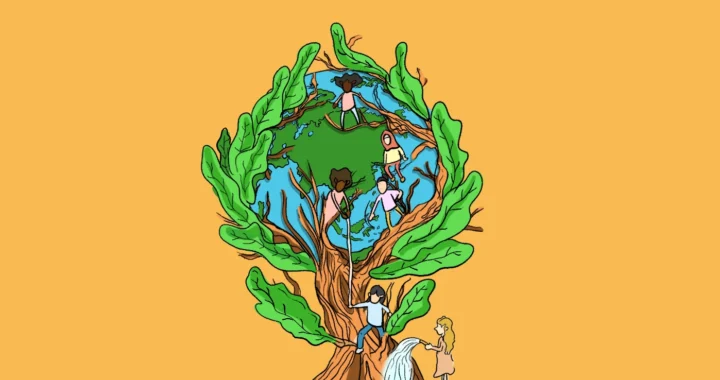 Not Just Leading, But Transforming: How Women Are Reshaping Climate Justice in Asia
Not Just Leading, But Transforming: How Women Are Reshaping Climate Justice in Asia 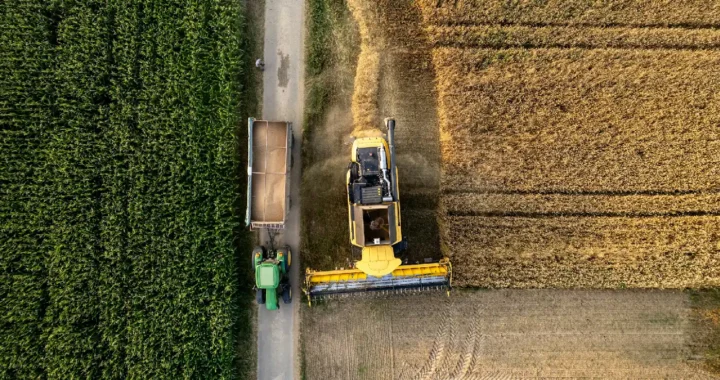 Global Food Systems Transformation for Planetary Health
Global Food Systems Transformation for Planetary Health 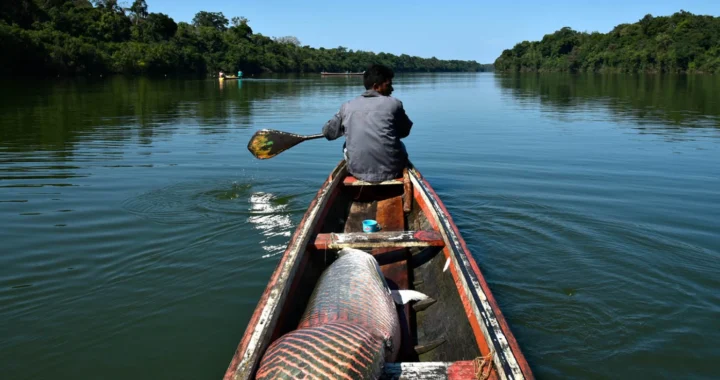 Empowering Small-Scale Fish Farmers for Sustainable Aquaculture
Empowering Small-Scale Fish Farmers for Sustainable Aquaculture 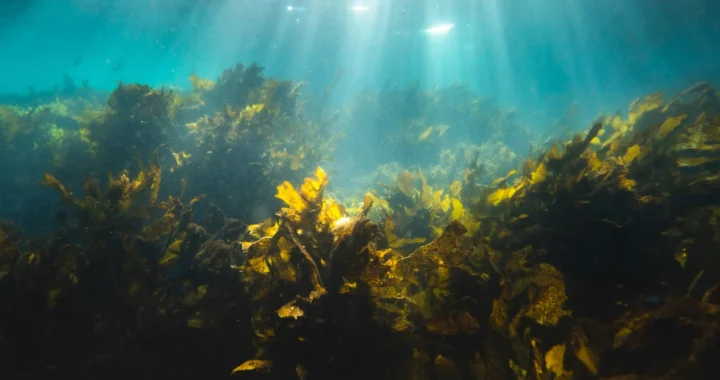 Exploring Seaweed Farming for Climate Action and Community Resilience
Exploring Seaweed Farming for Climate Action and Community Resilience  Beyond Empty Promises: How Hong Kong Can Build Consumer Trust in Sustainability
Beyond Empty Promises: How Hong Kong Can Build Consumer Trust in Sustainability